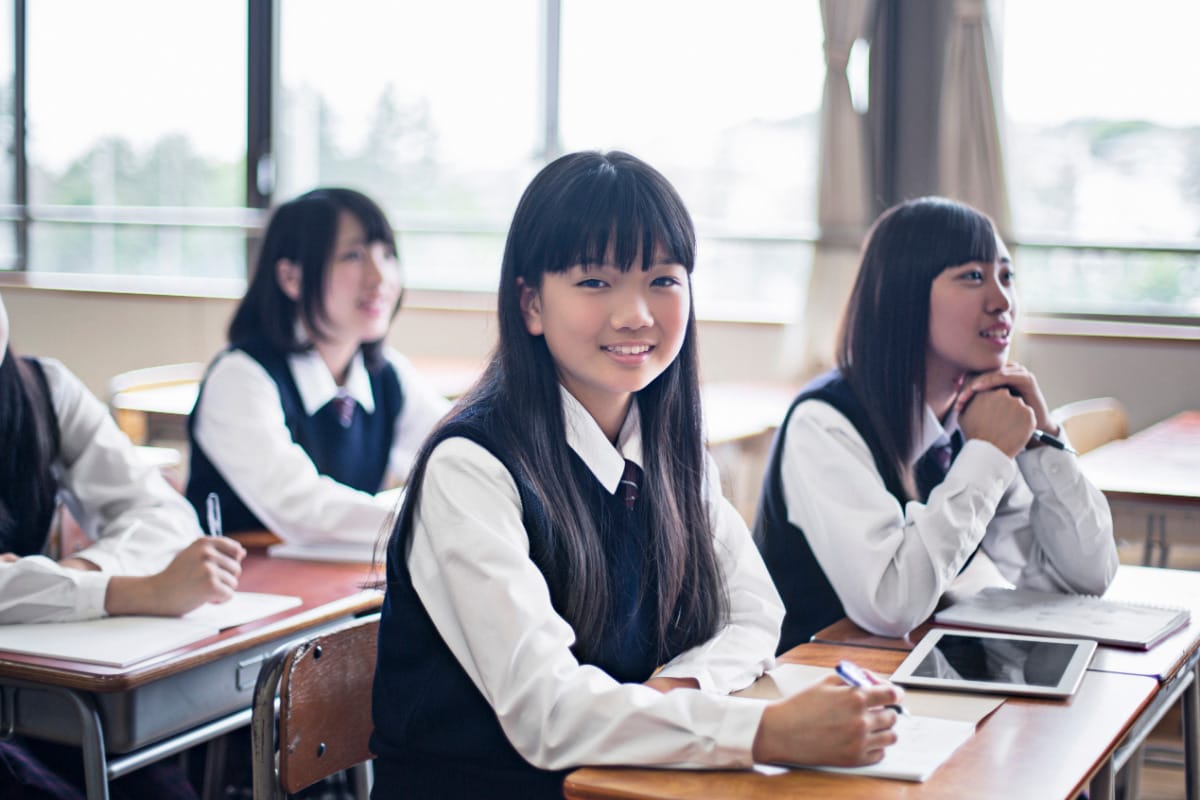On many sites you can find the statement that Japanese educational institutions have very strict requirements for the appearance of students, in particular for hair color. We decided to check if this is really the case.
About strict rules in Japanese schools ordering students not to dye their hair, write on thematic resourcesdedicated to this country. like this information can be found on portals about travel and entertainment websites. Users post posts on this topic on social networks (for example, “VKontakte") and on blogging platforms (LiveJournal, "Zen").
If you do a Google search for “Japanese teenagers,” you will find thousands of photos of brightly, sometimes even extravagantly dressed and made-up young people with hairstyles of every color of the rainbow. Therefore, it may seem that children in this country have complete freedom of expression. However, judging by media reports, things are very different in Japanese schools. There are very strict rules regarding the appearance of students. In 2020, the Fukuoka Bar Association held study and found out that in many schools in this city there are requirements not only for the shade of hair, but also for haircuts and even the color of students’ underwear (and in order for this to be noticed, these items of clothing do not have to stick out: school representatives can force the student to undress and, if the color does not comply with the rules, call parents or guardians to the school).
Moreover, sometimes the rules requiring children to have a certain hair color reach the point of absurdity. So, in 2017, a schoolgirl from Osaka filed suing her school for forcing her to dye her naturally brown hair black. In 2021 the court decidedthat the school must pay the student compensation for moral damage caused, but the rule on mandatory black hair color was not declared illegal - the court criticized only the excessive measures that were taken against the girl. And this is not the only case where teenagers were criticized and attacked by school authorities because of their hairstyle. In 2022, teachers in Hyogo Prefecture brought a student with brown hair fainted - the girl lost consciousness due to the fact that she was scolded and pulled by her hair of the “wrong” color, and was also not allowed to contact her relatives. The school later apologized to the girl's parents for the teachers' actions.

In 2019, a group of activists appealed to the Tokyo Board of Education with a petition calling for an end to the requirement for students whose natural hair color is different to be dyed black. The petition has received more than 19,000 signatures, including from people who have been harmed by these demands in the past. It was reported that earlier the board of education had already appealed to the directors of the capital's schools with a request to stop this practice, but after the petition released written order. However, after this the media continued to appear messages that Tokyo schools required students to provide proof that their color other than black was truly natural.
In 2022, 200 public schools in Tokyo announced, which eliminates strict rules regarding hairstyles, hair color and underwear. However, most other Japanese educational institutions appear to still be able to impose similar requirements on students.
Including because of strict requirements for appearance and attacks due to non-compliance with them, some children in Japan in general refuse go to school, there is even a special term for this phenomenon - futoko. Back in the 1980s, in response to the growing number of such children, so-called free schools. These educational institutions prioritize an individual approach to students and the principles of individual freedom. There, students are not required to have a certain appearance, and the relationship between teachers and students is much less formal. However, there are relatively few such schools in the country.
Thus, in many Japanese schools there really are rules according to which the hair color of students must be black - they really cannot be dyed in other shades. At the same time, some Japanese residents have a different natural hair color - for example, chestnut. Although some students were even forced to dye their hair black, in recent years many schools, under public pressure, are abandoning these requirements. However, it appears that this practice continues to this day in some educational institutions.
Cover photo: Getty Images Signature via Canva
Read on the topic:
- Is it true that in Japan the husband's salary is transferred to the wife's account?
- Is it true that Hong Kong law allows a woman to kill her husband who cheated on her?
- Is it true that tutoring has been banned in China?
If you find a spelling or grammatical error, please let us know by highlighting the error text and clicking Ctrl+Enter.






